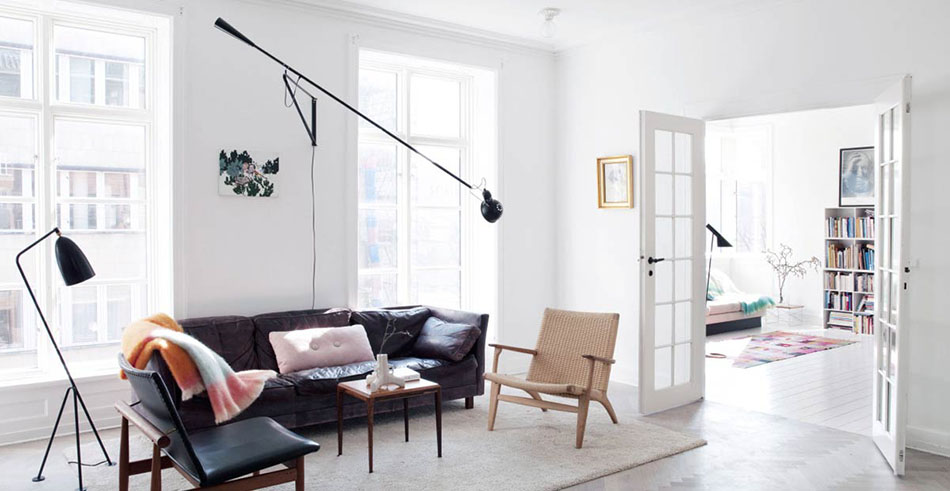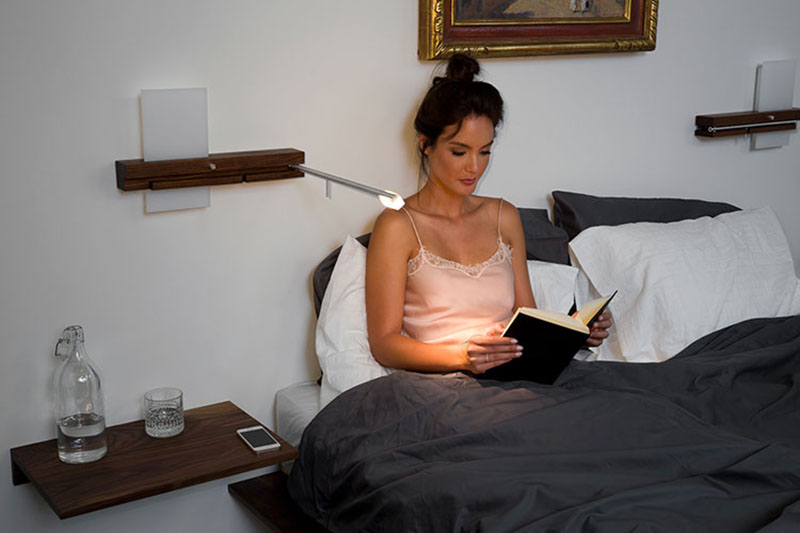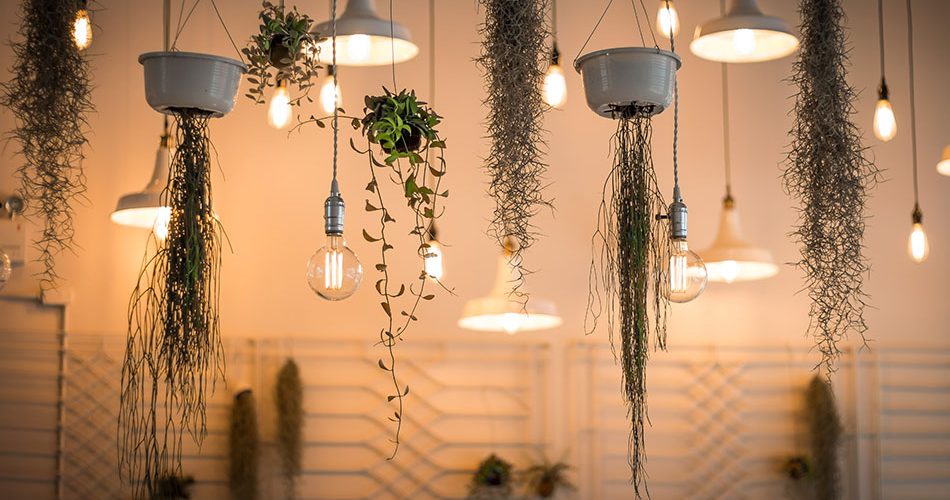If planning a good artificial light at home is a very important chapter for our daily life, so is it. to protect the environment and the future of the planet. Discover some effective recommendations for sustainable lighting that will help us save energy and money.

No one doubts we need electric light at home. The energy consumption of homes is something that we can not give up, although it is necessary make good use of electricity. We are in a time of climate emergency, and any action we take, however small, is important.
– Sponsor –
Responsible energy consumption goes beyond paying attention and not leaving the lights on. Here are some keys to maintain sustainable lighting in your home. They are very useful and, if you put them into practice, you will see how you reduce consumption in your electricity bill.
Remember: it is not a question of going through hardships illuminating our spaces in a poor or insufficient way. It’s more about to adopt certain solutions that technology gives us (and others that are common sense) to gain in efficiency.
LED lights for sustainable lighting

Changing the bulbs halogen or low consumption by other LED technology is one of the first steps to take to achieve home lighting more sustainable and responsible with the ecosystem.
Also, if you haven’t made the change yet, you should know that you’re losing money. LED bulbs consume up to 80% less energy than a traditional incandescent bulb. It is true that changing all the light bulbs in your house at once is going to be a little expensive, so first, but you have to think that it is an investment for the future. In less than a year you will have paid back the money invested. And you don’t need to change all the bulbs at once, you can do it in several phases.
Installs light regulators and presence detectors

This type of mechanism, quite simple on the other hand, is very practical when it comes to regulate the amount of light that we spend… or waste. If we install light regulators in the living room or bedroom lamps, we will be able to adapting the lighting to the activities of each moment which will create more suitable environments in each case. Dimming the lights will not only be a factor in sustainable lighting, but also a saving.
And as for the presence detectors, seem to me to be a true discovery for certain spaces. Like the hallway, for example. The light turns on when it detects someone passing through it, and turns off when no one passes. So you don’t run the risk of leaving those lights on.
Commitment to functional lighting

Studying your needs from a lighting point of view is important, also to save and consume less energy. Think what kind of light you need and where, according to your customs and lifestyle. Do you like to read in bed at night? If you need a light on your bedside table. Do you work or study at home? You’ll need a good desk lamp.
Having suitable lighting solutions it is easier for us to achieve sustainable and practical lighting, without wasting any light.
The living room, better with several lamps

This advice is almost an extension of the previous one, as it is based on the lighting functionality. If you place a single large ceiling lamp in your living room, you’ll always have to turn it on, whatever you’re doing.
It’s so much better have several light sources. Thus, if you are chatting with someone on the sofa, it will be enough to light an auxiliary lamp that you have nearby and some more support in the rest of the space. The key is to modify the lighting of the room according to your needs, and this can only be done if you have different lamps in addition to the ceiling: floor lamps, table lamps, wall lights, and so on.
The bulbs, always unpolluted

It may not seem like a very important issue, but if the bobillas accumulate a lot of dust and dirt, they will give less light. To achieve its maximum luminous capacity have to be clean. That’s why it’s a good idea to wipe it with a soft, dry cloth from time to time and you’ll have more efficient light bulbs and lamps.
Open spaces make better use of light
It is not a question of making a complete reform in the house nor of throwing the partitions to left and right, but it is convenient to know that in the housings of open plant the light is taken advantage of more and better. And this is because can circulate freely without the obstacles that come with walls and walls. This is why this type of space tends to be more sustainable, from an energy point of view.
You see, we can all take steps to try to reduce our domestic energy consumption and plan for sustainable lighting at home. With these measures we have talked about it is not so difficult to take care of the environment and save on the electricity bill, don’t you think?
– Sponsor –



Add comment